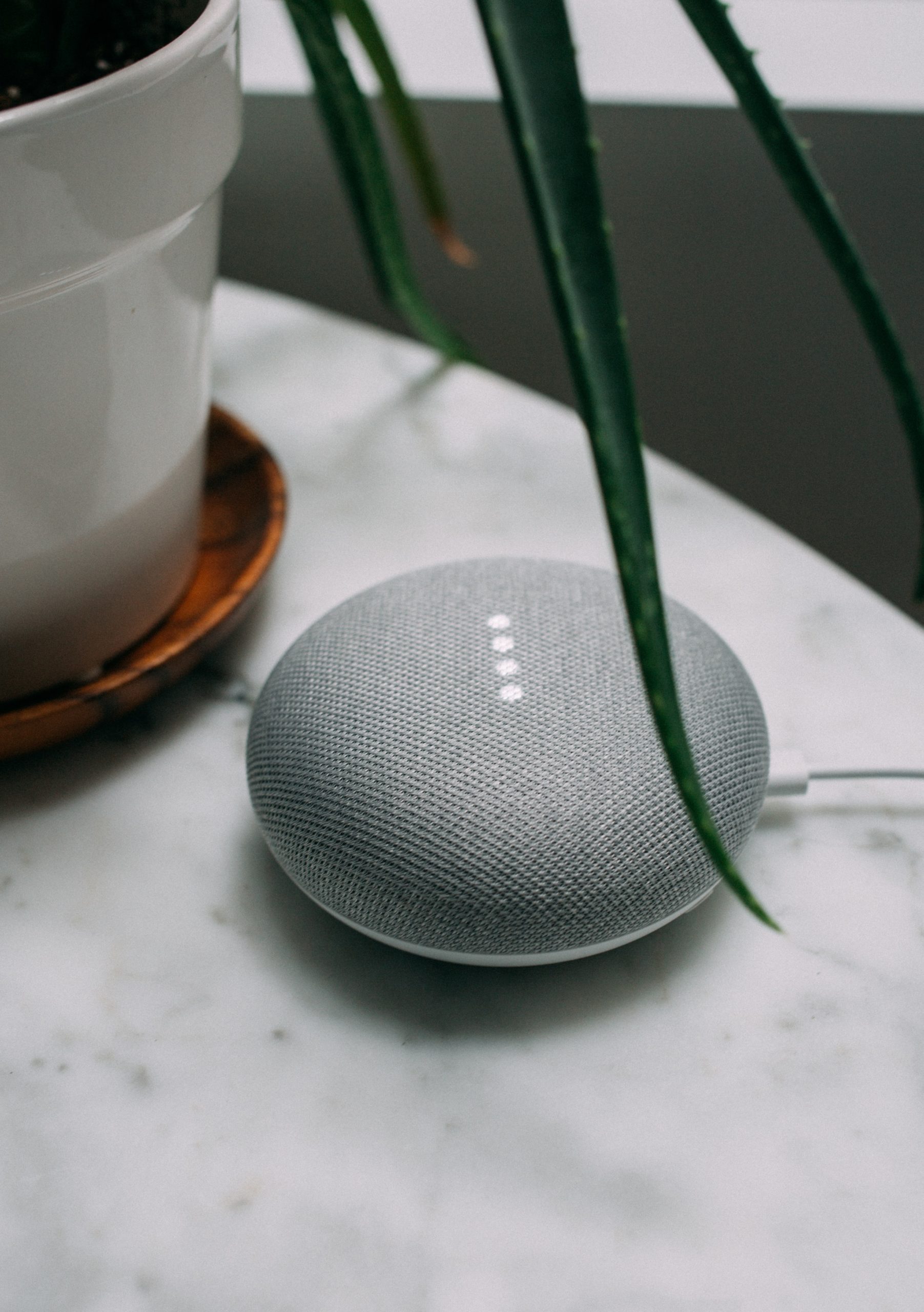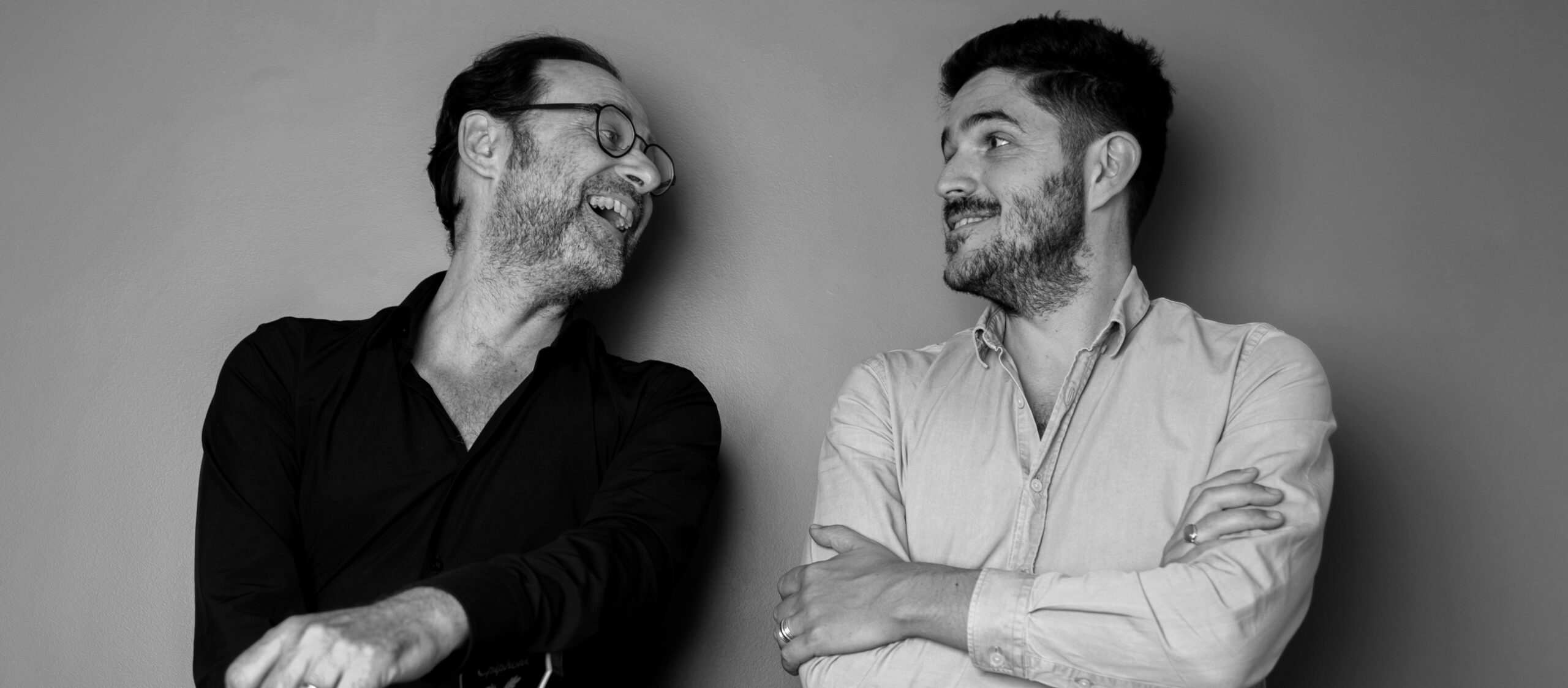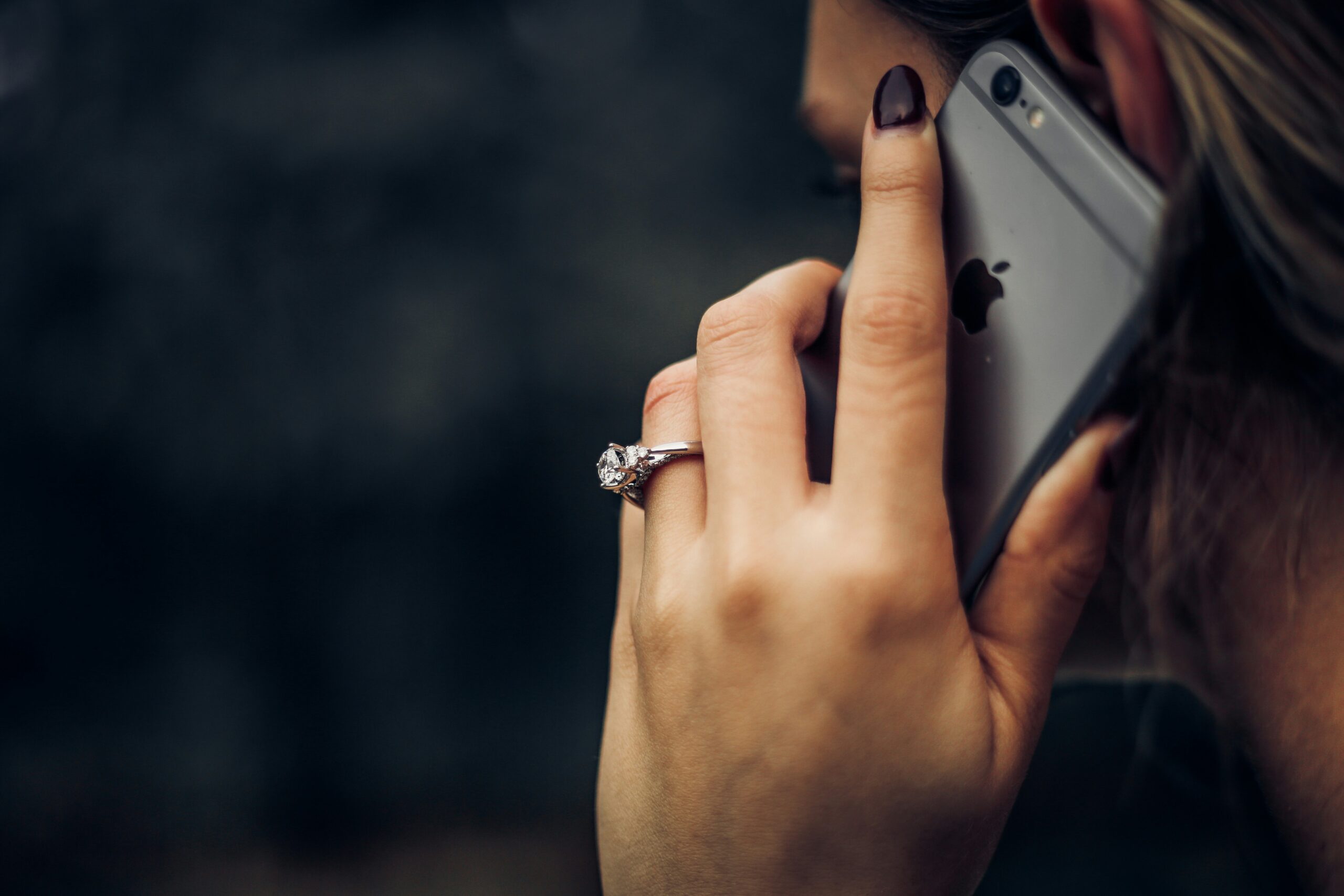When we wrote Audio Branding: Using Sound to Build Your Brand, Larry Minsky and I knew that each brand needed a cohesive sonic universe: to stand out, express its essence and become more competitive in the marketplace.
by Colleen Fahey, USA Managing Director
We didn’t suspect that the world was about to present an even more urgent reason to build a sonic brand. At the time, voice search was still in its early infancy. Now it’s a rambunctious tween, growing like a weed.
And, with it, consumer behavior has begun to shift. Podcast listenership has exploded, many forms of radio have seen rises in audiences, and people have begun shopping through the use of their voices. People also entertain themselves increasingly through music and games that they launch with voice. The quarantine only hastened the adoption of voice-enabled apps as people stayed home seven days a week.
Brand marketers may be feeling the growing pains, though. For one thing, most voice apps, even when built by brands, are usually voiced by Alexa, Google Assistant or some other vocal assistant, and tend to sound as if they’ve been offered by the voice platform rather than the brand, itself.
Do you really want Wiki to be your brand manager?
For another, when a consumer asks a voice app about a brand, the answer usually defaults to Wikipedia’s description rather than the one a brand manager would certainly prefer. For example, ask Google Assistant about Coca-Cola and this is what you hear, “Coca-Cola, or Coke, is, a carbonated soft drink manufactured by the Coca-Cola company.” The next sentence is partially visible on your mobile screen, “Originally marketed as a temperance drink…” (Google Assistant voice search, Sept. 6, 2020). If you search by typing “Coca-Cola” into your browser, you have a good chance of finding the link to the brand’s own Coca-Cola.com (Sept. 6, 2020) which is displayed as one of the choices on the first page you’re offered.
But when Coca Cola does comes out with their proprietary voice skill, they’ll have a great head start on brand differentiation – because they’ve long invested in multisensory branding and, beyond a signature melody, their sonic brand assets include specific ice cube clinks, opening pops, pouring and fizzing sounds. (Sept 7, 2020)
Using those signals to welcome, transition and punctuate Coca Cola’s voice app will allow the brand to clearly stake out its own borders instead of getting lost in the voice platform’s vast and undifferentiated sea. Together with the tune, Coke will have the power to provide a recognizable and refreshing brand experience for their audience.
The rising power of small sounds and signals
Have you ever turned on a highly sophisticated technological device, only to hear a tinny, high-pitched ding or bing bong? That’s the generic sound that the chipmakers have supplied. Now imagine opening up a Macbook Air laptop. In our view, their start-up sound is that of a sunrise, full of hope and optimism. It’s less than two seconds long but it still affects your mood and expectation. After suppressing it on some devices for a few years, it’s back on the MacOS Big Sur along with a package of other “system sounds are all-new and even more pleasing to the ear. The new system alerts were created using snippets of the originals, so they sound familiar.” And the new sounds are “familiar to the Mac, but remastered and more refined,” said Alan Dye, Apple’s vice president of human interface design The Verge 2020.
Apple understands that an exquisitely designed product doesn’t stop at the visual and tactile level. A purposefully designed sound must be part of the experience.
Visa’s multisensory approach came early and continues today
Visa understands this, too. Visa saw new cardless payment approaches emerging (pay by mobile phone, smart wathces, even wearables), and determined to add a sensory dimension in order to create a brand impression while providing the assurance that transactions had been successfully completed. Introduced in 2018, the retailers were offered a sensory package for their terminals that included a small vibration along with a micro-melody designed to convey speed and convenience.
In consumer research supporting the retailer sell-in, the company heard that the audience reacted favorably to their new experience. (Sept. 12, 2020)
- 83% said the sound or animation cues positively impacted their perception of the Visa brand
- 81% said they would have a more positive perception of merchants who used either the sound or animation cues
- A descending two-note melody less than a second in length, the sound of Visa was found to signal speed and convenience
Visa aimed much of it’s marketing to the merchants. And, indeed the merchants saw positive results on their own brands. To quote, “…a sample of San Francisco Bay Area merchants using POYNT terminals was recently undertaken. The in-store research found that consumers who experienced sensory branding were 12% more likely to say that the merchant cares for their security.
Encouragement is coming for everywhere, but how to get started?
If your company isn’t ready for a full-fledged new sound ecosystem, why not start with a mini-system, with sonic identity and micro-melodies for your podcast, smart speaker and mobile apps or UX signals. Let internal teams get used to the sound before exploring its use across digital and social content or advertising.
Get people used to the idea that you don’t have to start from scratch each time you select, license or commission a sound or melody, and that micro-melodies matter. Show how a cross-platform sonic approach can tighten and strengthen the brand. Take a stand for a coherent sound.
Your company may be building its voice skill in 2021 if they haven’t already. Don’t let it be vanilla, create your welcome sound, transitions, errors and goodbyes with an eye to your entire brand identity. Then it won’t belong to Google, Samsung or Alexa. It will belong to you.








